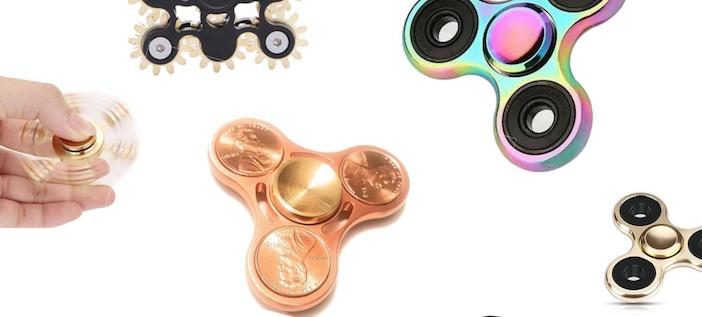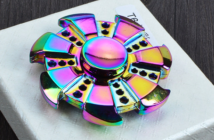The craze of fidget spinners boomed a couple of months ago, and it doesn’t seem like it will die out soon. When my 7th-grade brother first started playing with a fidget spinner, I could only roll my eyes and tease him for succumbing to the trends of pop culture. I didn’t understand his fascination with this spinning toy until I found myself fiddling with it whenever I found it lying on the table in the middle of our living room; spinning it actually has a calming effect.
One day, when I was mindlessly spinning the toy, I dropped it, and the center cover popped off, revealing a ring of ball bearings. Recalling something that I learned maybe a few months ago in physics class, I understood immediately that these ball bearings were the secret to its ability to spin for a long time. This is because they help reduce friction tremendously, decreasing the overall resistance to the spinning.
I wanted to learn more about these toys, so I decided to do some research. You might remember the saying about Newton’s first law from school: “a body at rest stays at rest, while a body in motion stays in motion.” This law says that if there is no net force acting on an object (meaning that all the forces on the object balance out), then the object’s velocity will remain constant. Just as objects in motion in a straight line tend to stay in motion, the law of conservation of angular momentum causes the toy to keep spinning, until the friction between the center ball bearings and the outside spinner slows and stops the spinning. The less the friction, the longer the toy spins.
Ball bearings allow the toy to spin freely because things that roll have much less friction than things that slide. Think about it this way: compare the way a milk carton slides across a surface with the way a ball rolls across the same surface. Which one travels further? Most likely the ball, because rolling friction is usually less than sliding friction. This is the case, as the ball has less contact with the surface than the carton does.
While parents and teachers may think that fidget spinners exist for the sole purpose annoying them, these toys are actually a great way to ignite children’s passion for science. This simple toy is rich with physics that is waiting to be uncovered.
photo: static.independent.co.uk



